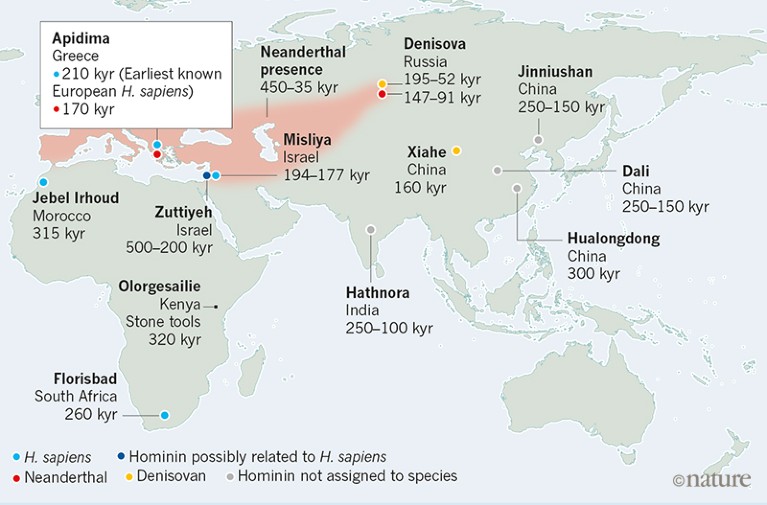Hello Nature readers, would you like to get this Briefing in your inbox free every day? Sign up here.

Multiplayer poker has fallen to the machines.Credit: Alexandre Rotenberg/Alamy
AI beats the pros in six-player poker
An artificial intelligence (AI) system called Pluribus has beaten top human professionals at six-player no-limit Texas hold’em poker, the most popular variant of the game. It is the first time that an AI program has won against elite human players at a game with more than two players.
Controversial telescope kicks off in Hawaii
Construction of the controversial Thirty Meter Telescope (TMT) is set to resume in Hawaii next week after a four-year delay. The project has faced legal challenges and protests over its site on Mauna Kea, a mountain sacred to Native Hawaiians that is already home to 13 astronomical observatories.
Solar panel skin keeps buildings cool
A ‘smart’ building facade equipped with movable solar panels could substantially improve buildings’ energy efficiency. A prototype that automatically adjusted the panel orientation to optimize electricity generation, passive heating, shading and daylight penetration generated up to 50% more energy than a static system.
Nature Research Highlights | 1 min read
Reference: Nature Energy paper
Get more of Nature’s Research Highlights: short picks from the latest papers.
INFOGRAPHIC OF THE WEEK

Figure 1 | Some key early fossils of Homo sapiens and related species in Africa and Eurasia. Harvati et al.5 present their analyses of two fossil skulls from Apidima Cave in Greece. They report that the fossil Apidima 1 is an H. sapiens specimen that is at least 210,000 years old, from a time when Neanderthals occupied many European sites. It is the earliest known example of H. sapiens in Europe, and is at least 160,000 years older than the next oldest H. sapiens fossils found in Europe6 (not shown). Harvati and colleagues confirm that, as previously reported7, Apidima 2 is a Neanderthal specimen, and they estimate that it is at least 170,000 years old. The authors’ findings, along with other discoveries of which a selection is shown here, shed light on the timing and locations of early successful and failed dispersals out of Africa of hominins (modern humans and other human relatives, such as Neanderthals and Denisovans). kyr, thousand years old.
FEATURES & OPINION
Peer support to help PhDs
After experiencing anxiety during her PhD, occupational therapist Sarah Masefield discovered how helpful a vibrant and supportive postgraduate research community can be. She explains how PhD students’ knowledge can and should be harnessed to help others who are beginning their postgraduate journey.
The Moon: past, present, and future
On this week’s Nature Podcast, planetary-science reporter Alex Witze explores the latest US plans to land people on the Moon by 2024, the history of the Apollo missions and what’s next for lunar exploration.
Nature Podcast | 13 min listen
Subscribe to the Nature Podcast on iTunes or Google Podcasts.
BOOKS & ARTS
Propulsive reading: books on the Moon
From delightfully nerdy histories of engineering to surveys of social issues back on Earth, Alexandra Witze savours seven books commemorating the 50th anniversary of the lunar landings.
Five best science books this week
Barbara Kiser’s pick of the top five science books to read this week includes America’s first rocket man, the rise of cryptocurrencies, and artificial intelligence reconsidered.
IMAGE OF THE WEEK

Credit: Arun Sankar/AFP/Getty
Residents in the drought-struck city of Chennai in India draw water from a community well. A delayed monsoon in June saw the country’s sixth-largest city struggle through a water crisis, with reservoirs drying up and residents queuing for hours to get water from government tankers.
See more of the most spectacular images of the month, as selected by Nature’s photo team.
